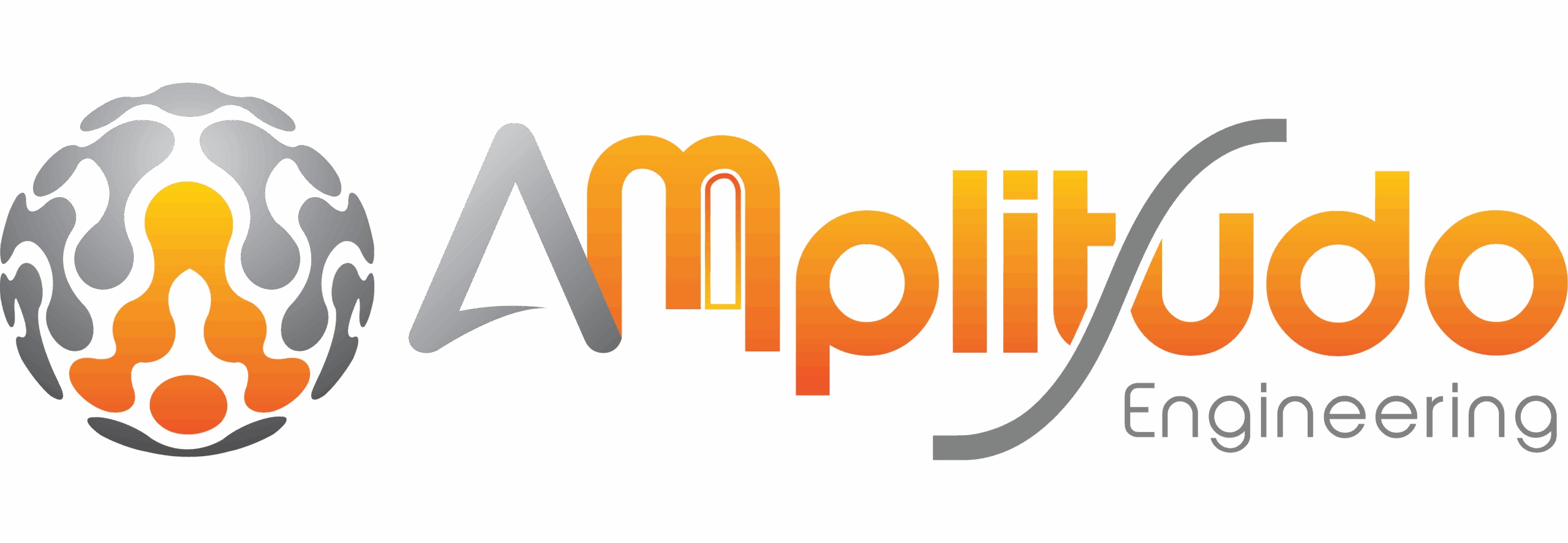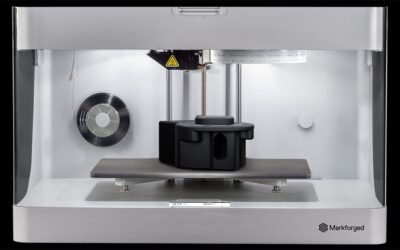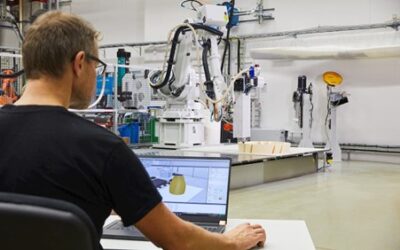How Cobots Are Supporting the Rise of Robotic 3D Printing
Robotic 3D printing is steadily moving from specialized labs and industrial environments into more accessible and flexible applications. One of the key enablers of this shift is the collaborative robot—or “cobot.” Unlike traditional industrial robots, cobots are designed to work safely alongside humans, which makes them a natural fit for the evolving world of robotic 3D printing.
Safety and Accessibility: Cobots Break Down Barriers
A major advantage of cobots is their built-in safety features. Thanks to force and torque sensors, software limitations, and a more compact design, cobots often comply with safety standards that allow them to operate without large, restrictive safety cages. This opens up new possibilities for small workshops, research labs, or even office-like environments where space and safety concerns would normally limit the use of traditional robotics.
For 3D printing, this safer, more open setup aligns perfectly with how users typically interact with desktop FDM printers—direct access for loading material, changing print heads, or manually tweaking settings during the process.
Speed That Matches the Process
Fused Deposition Modeling (FDM), especially when using pellet-based systems, doesn’t require high-speed motion. Cobots are optimized for slower, more controlled movements—which is ideal for maintaining high print quality, layer adhesion, and extrusion stability in 3D printing. Their movement profile aligns well with the needs of the process, rather than being a limitation.
This makes cobots a natural match for extrusion-based 3D printing, where speed is often governed more by material properties and thermal behavior than by mechanical capability.
User-Friendly Interfaces = Lower Barriers to Entry
Another key benefit of cobots is how user-friendly they tend to be. Most come with intuitive programming interfaces—often using graphical blocks, drag-and-drop logic, or hand-guiding features—which significantly reduces the learning curve. This democratizes robotic 3D printing and makes it accessible even for users without a background in robotics or automation.
Just like how desktop 3D printers made additive manufacturing approachable for hobbyists, students, and designers, cobots are doing the same for robotic-scale 3D printing.
A Perfect Fit for Universities and Research Labs
For universities looking to explore both robotics and large-scale 3D printing, cobots are an excellent entry point. They provide hands-on learning opportunities without the high-risk environment of industrial automation, and they allow students and researchers to experiment with robotic control, toolpath generation, and custom materials in a safe, flexible, and affordable setup.
Because cobots don’t require complex safety infrastructure, educational institutions can integrate them directly into existing lab environments. Combining them with pellet extrusion systems allows for material experimentation and sustainability research while keeping payload and control complexity within manageable limits.
This dual focus—robotics and additive manufacturing—makes cobot-based systems an ideal platform for interdisciplinary exploration across mechanical engineering, materials science, industrial design, and computer science.
Why Pellet Printing and Cobots Are a Great Match
Pellet extrusion systems are gaining traction due to their cost efficiency, material flexibility, and sustainability advantages. When integrated with cobots, pellet printers offer a compelling solution—especially because pellet extruders tend to be lighter and more compact than filament-based toolheads or high-temperature industrial extruders.
This lower payload requirement plays to one of the cobot’s strengths: limited but sufficient load capacity. Most cobots can easily handle the weight of a compact pellet extruder, even when factoring in cabling and cooling requirements. Additionally, the reach of most cobots is suitable for printing medium to large parts, especially when designs are optimized for a limited workspace or when mounted on a linear rail for extended reach.
Conclusion: Robotic 3D Printing, the Cobot Way
The merging of cobots and 3D printing is helping to bridge the gap between high-end industrial automation and more agile, creative applications of additive manufacturing. With their safety features, user-friendly programming, and compatibility with extrusion speeds and payloads, cobots are uniquely positioned to make robotic 3D printing more accessible and flexible.
In many ways, this is the “desktop printer” moment for robotic 3D printing—where anyone from engineers to artists can begin to explore large-scale, custom manufacturing without needing a factory floor. For universities and research institutions, it’s a smart and scalable first step into the future of digital fabrication. Cobots are proving that the future of 3D printing isn’t just industrial—it’s collaborative.
Conclusion: Robotic 3D Printing, the Cobot Way
The merging of cobots and 3D printing is helping to bridge the gap between high-end industrial automation and more agile, creative applications of additive manufacturing. With their safety features, user-friendly programming, and compatibility with extrusion speeds and payloads, cobots are uniquely positioned to make robotic 3D printing more accessible and flexible.
In many ways, this is the “desktop printer” moment for robotic 3D printing—where anyone from engineers to artists can begin to explore large-scale, custom manufacturing without needing a factory floor. For universities and research institutions, it’s a smart and scalable first step into the future of digital fabrication. Cobots are proving that the future of 3D printing isn’t just industrial—it’s collaborative.
Note: Most major robot manufacturers—including ABB, Yaskawa, KUKA, and FANUC—now offer cobot models, making it easier to integrate with existing infrastructure and service ecosystems. Additionally, more cost-effective options from Chinese manufacturers like Fairino are entering the market, offering budget-friendly alternatives for research labs and small businesses looking to get started.
Note: Most major robot manufacturers—including ABB, Yaskawa, KUKA, and FANUC—now offer cobot models, making it easier to integrate with existing infrastructure and service ecosystems. Additionally, more cost-effective options from Chinese manufacturers like Fairino are entering the market, offering budget-friendly alternatives for research labs and small businesses looking to get started.





0 Comments